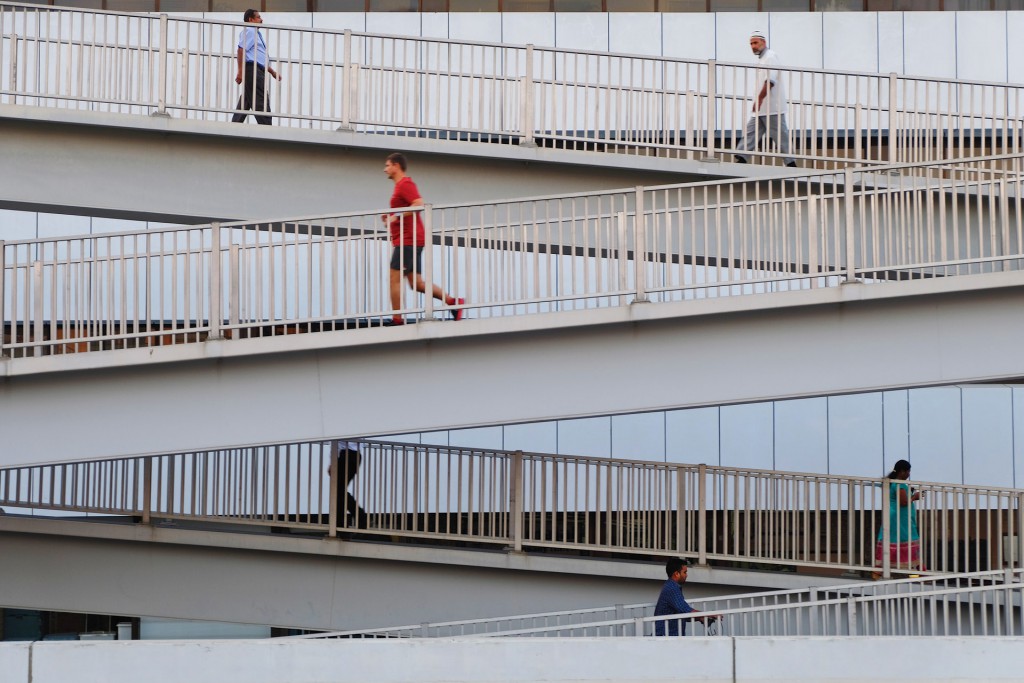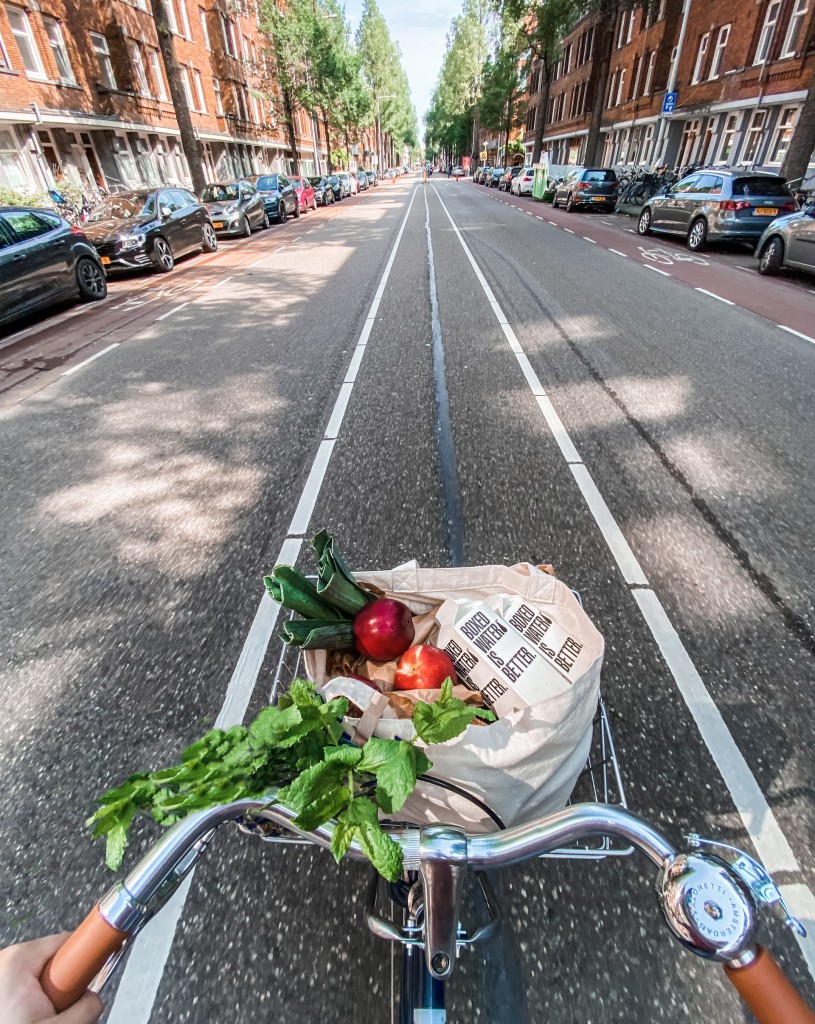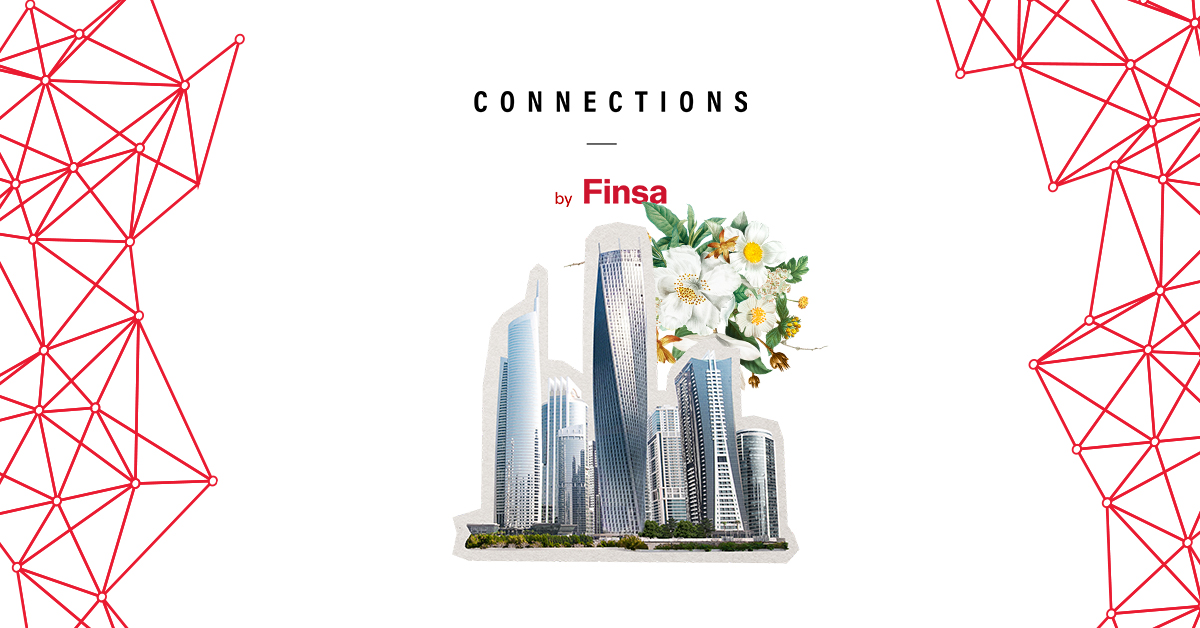Our societies are becoming more and more urbanised, and we´ve got the numbers to prove it. Between 1950 and 2009, the number of people living in cities went from 732 million to 3.4 billion, and the rate of urbanisation increased from 30% to 50%. The United Nations predicts that the number of people living in urban areas will reach 5 billion in 2025.
This means that our cities’ architecture must adapt to the needs of those who live there by improving the number of services as well as the quality of what is provided. The UN has also highlighted the huge problem of limited accessibility.
Removing architectural barriers (i.e., obstacles that make it difficult for people to act independently when accessing, moving around, or travelling to certain places) is one of the biggest challenges when it comes to configuring urban spaces. Despite the fact that legislation is designed to prevent these obstacles from making their way into public and private buildings, the application of these rules has not yet been put into general practice.

What are architectural barriers?
Let’s begin by explaining the problem. There are five types of obstacles that prevent people from moving around freely:
- Urban barriers: found in streets and public spaces (e.g., stairs at the entrance to a building).
- Internal barriers: obstacles found inside spaces (e.g., when a bathroom is located on an upper or lower floor and can only be accessed via the stairs).
- Transport barriers: prevent the use of public transport. A lack of elevators in a subway station is a good example.
- Usage barriers: related to objects that are difficult to use (e.g., due to distance or physical limitations).
- Communication barriers: prevent people with a disability from communicating or receiving a message, such as a lack of light signals for people with a hearing impairment or no signage in braille for the visually impaired.

Universal design and cities for the people
There is some support available at the legislative level. In its Manual for accessibility in public urban spaces, the Madrid City Council clearly says “clearly, improving accessibility will increase their usability, eventually resulting in improved quality of life”. The document refers to “universal design”, meaning goods, products, services, and devices that are designed to be used by all types of people.
The ‘everyone’ doesn’t just refer to people with a disability. It also includes the elderly, who need places to rest, parents with strollers, people who want, or need, to cycle, and many other groups.
The problem stems from design not considering this diversity. In an interview with ArchDaily, architect Izaskun Chinchilla explained that “the system is designed around the fictional idea of a productive citizen – usually a male – who is completely autonomous, but [this autonomy] often needs a whole network of activities and other people working, usually in unstable or volunteer jobs, to be feasible”.
Ver esta publicación en Instagram
In her book The Caring City (Catarata, 2020), Chinchilla discusses the things lacking in urban spaces, which are usually focused on productive labour. Activities such as sitting down to rest, drinking free, clean water, or using a public toilet are part of our daily lives, yet they are rarely included in design. As Chinchilla explains, these things are a necessity for vulnerable people and “prioritising some activities over others in the design of our cities creates environments that are the opposite of inclusive”.
How can accessibility be improved?
Eliminating architectural barriers means improving liveability at every level. According to this 2021 report by Fundación Addecco, six out of every ten people with a disability stop travelling to certain tourist spots due to a lack of accessibility. Although we have a long way to go, many institutions have started to improve different spaces in our cities.
The European Commission together with the European Disability Forum present the annual Access City Award. All European cities with more than 50,000 inhabitants are eligible for the prize. Luxemburg was the 2022 winner, while Helsinki and Barcelona came second and third respectively. Ávila won in 2011, making it the only Spanish city to have received the honour over the last ten years.
Ver esta publicación en Instagram
Award-winning Mexican architect Gabriela Carillo explained in her TED talk that “the city that we live in is hostile in every way, not just for people with a disability…Current solutions like accessible sidewalks are just band-aids for a poorly designed city”. Carillo offers several different ideas, including playing with natural light, transparency of buildings, integration with nature, and opening spaces up. She believes we must consider how we can change the way we interact with each other, both inside and outside of the home, which is why she focuses on people and their needs rather than just choosing different materials or changing a layout.
Digitlisation in the name of accessibility
As we move towards a new type of urban design, we can take start making use of digital tools. The city of Seattle offers Accesmap, an app created by the University of Washington that helps people with a disability, who might be using a wheelchair or crutches, map out easy-to-access routes.
Wheelmap works in a similar way but is a global open-source platform for wheelchair disability. Anyone can identify and add public spaces that match the green criteria (fully wheelchair accessible), yellow criteria (partially wheelchair accessible), or red criteria (not wheelchair accessible).
Ver esta publicación en Instagram
Ibuild is all about making the process of building a home for yourself easier. Chosen by the World Bank as a possible solution for affordable housing in emerging countries such as Indonesia, this tool makes it possible for the people to control the construction process. It also allows people to design their homes, incorporating their desired elements and dividing up the space to fit different needs.
Technological advances combined with the desire to design more people-friendly cities is the way of the future for architecture. It’s a type of architecture that is more accessible in every way, including one of the most important: letting people take part in the design of the cities, public spaces, and homes where they want to spend their lives.



